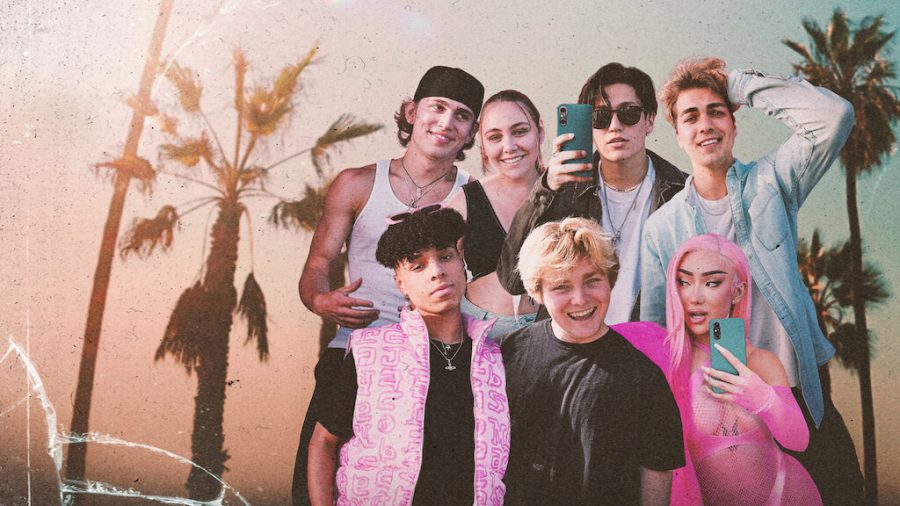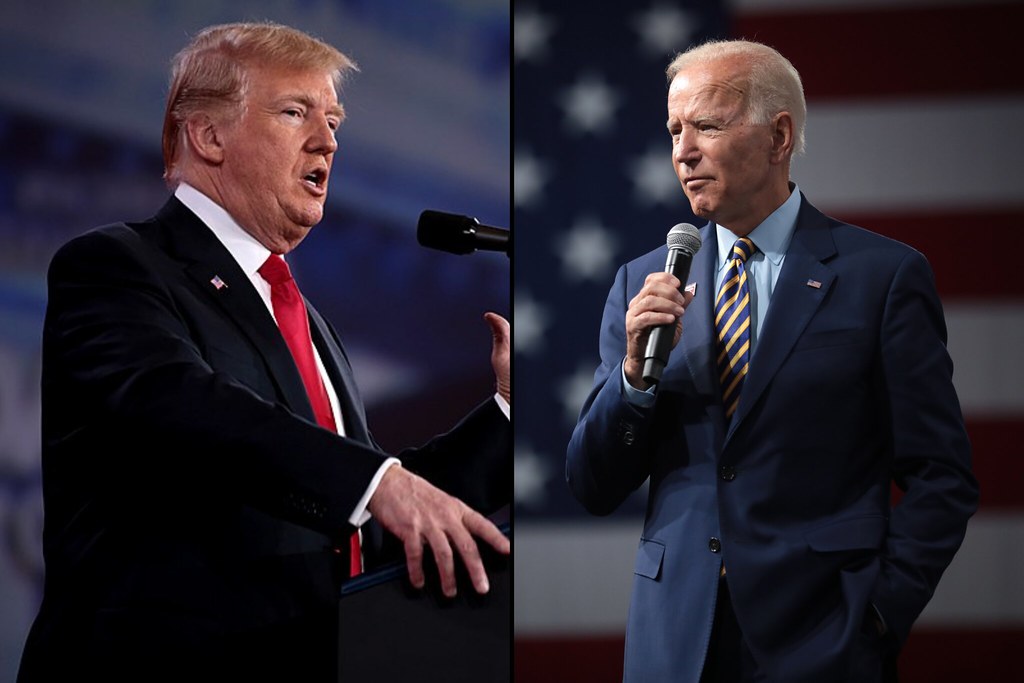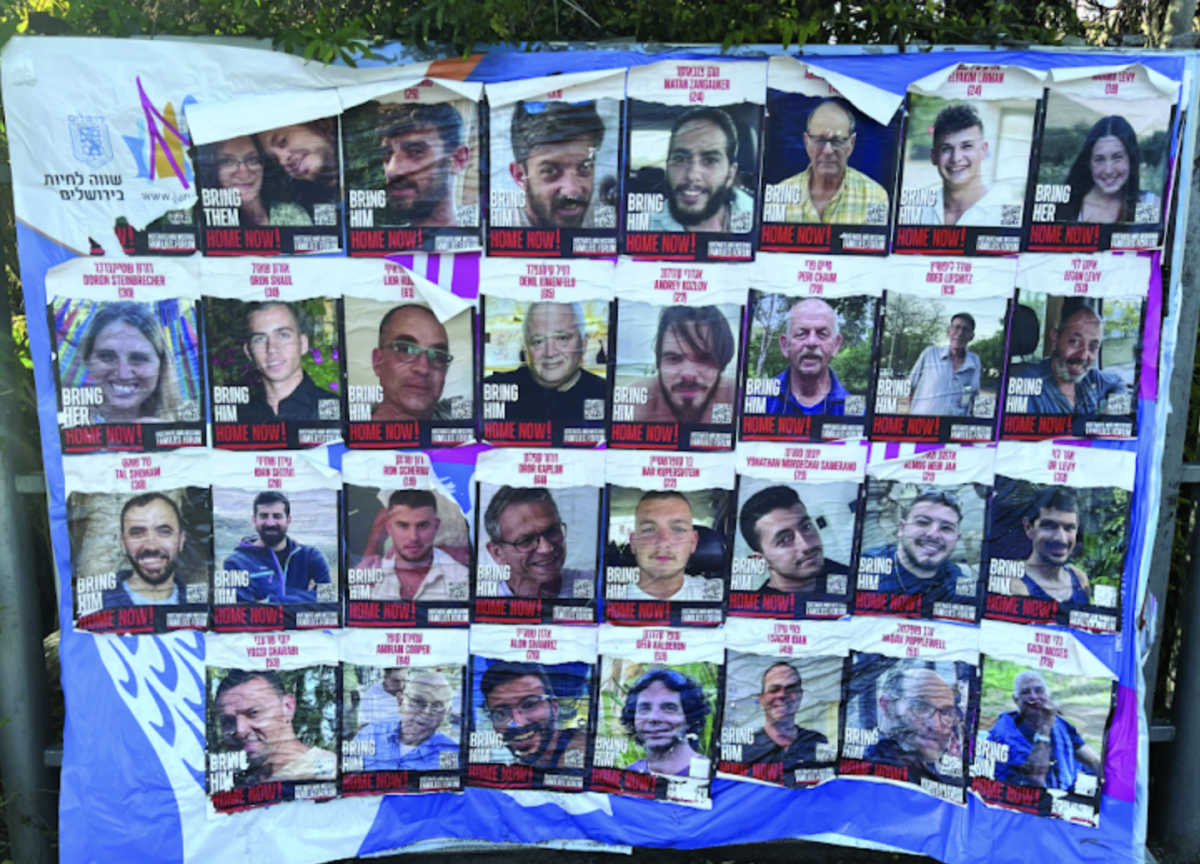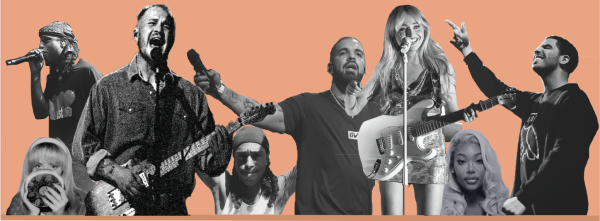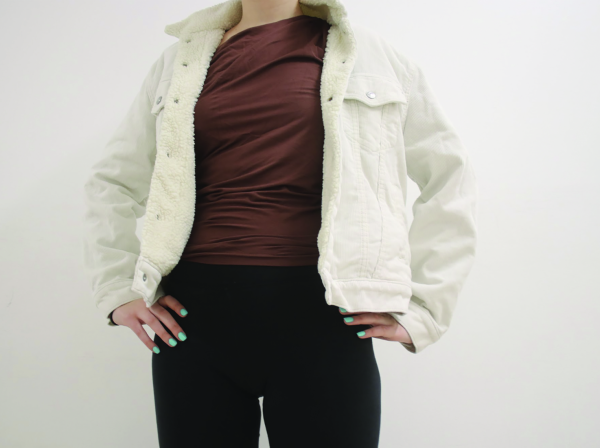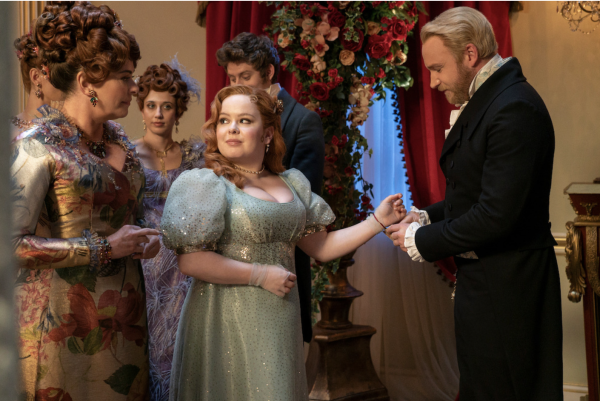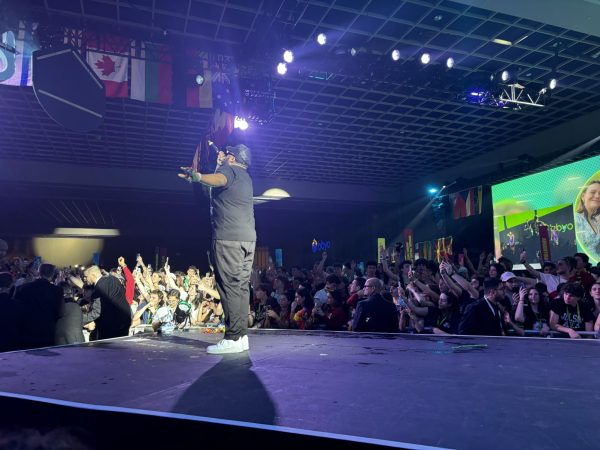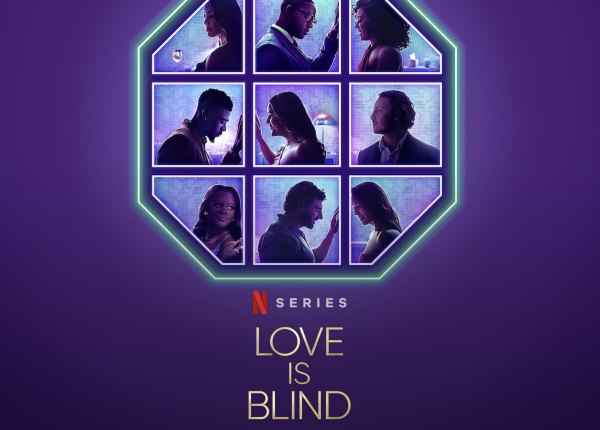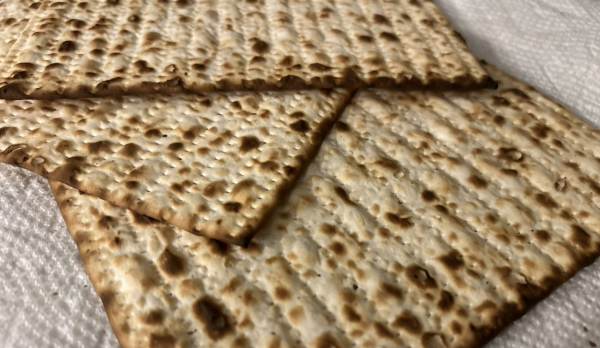Netflix’s “Hype House” disappoints
February 17, 2022
The new Netflix original series “Hype House” follows the life and drama of teenage TikTok stars who live in a content house together. The TV show focuses on the lives of the content creators both on and off the screen, showing the viewers that what we see online is rarely real. While they seem content with their work online, in reality, “Hype House,” was episodes upon episodes of wealthy teenagers complaining about their privilege and how hard their work is. All “Hype House” accomplished was making the TikTokers look bad, and instead of sympathizing with them, I disdained them.
The famous “Hype House” was created in 2020 and is located in a mansion on the outskirts of LA. The content creators living there are all teenagers or in their early 20s. Their home is paid for by promotional videos for various brands, such as the energy drink company “Bang.”
This TV show is mainly targeted towards pre-teenagers who look up to these TikTokers. The show follows the melodramas of these teenagers, attempting to reveal the hardships of a content creator’s lives and provoke sympathy from their audience. However, I definitely did not feel sympathetic towards them. The young adults seemed entitled and acted as if they didn’t want the fame or the privileges of a celebrity.
Every time the creators were working on a TikTok or even the conversation of TikTok was brought up, at least one of them groaned. Additionally, the show depicts them lounging away in a messy home, all while complaining about filming this TikTok. I felt like they were taking advantage of their privilege, and trying to do the least amount of work possible. This changed my perception of the stars I once loved and made me realize how arrogant and vain they were.
The show also focused on another important aspect of these young adults’ lives: their mental health. Although this is an important topic to discuss as many teenagers struggle with various mental illnesses, this was gone about in the wrong way. Instead of showing how to improve one’s mental health, “Hype House” depicted the TikTokers unable to do anything due to their struggles. While this can be a reality for many people grappling with mental illness, it came across as trying to make the audience feel bad for the content creators. This self-pity made me feel less sympathy for the TikTokers’.
Additionally, the show focused on how the “Hype House” was similar to high school, as the characters continuously talk about how living in the “Hype House” feels similar to being in high school because there is much drama and different cliques within the house. In particular, social media star Nikita Dragun pushed this idea nearly every time she spoke.
Dragun would show up in almost explicit outfits and used all her interviews to talk about how she is reliving high school. However, since the show’s target audience is pre-teenage girls, I found the outfits to be extremely inappropriate. Additionally, the show used a lot of vulgar language which would be fine if the TikTokers’ main audience was teenagers, but it is not.
The one thing “Hype House” did a good job of was speaking about racism. Dragun has been exposed for “blackfishing” in the past and this important issue was brought up in the show. The conversation that Dragun had with another TikToker was very calm and educational. This was a very good model for how uncomfortable but important conversations should be held.
All and all, though, “Hype House” is not worth the watch. The show lacks any substance, as the entire plot is teenagers complaining about their wealth and fame.


